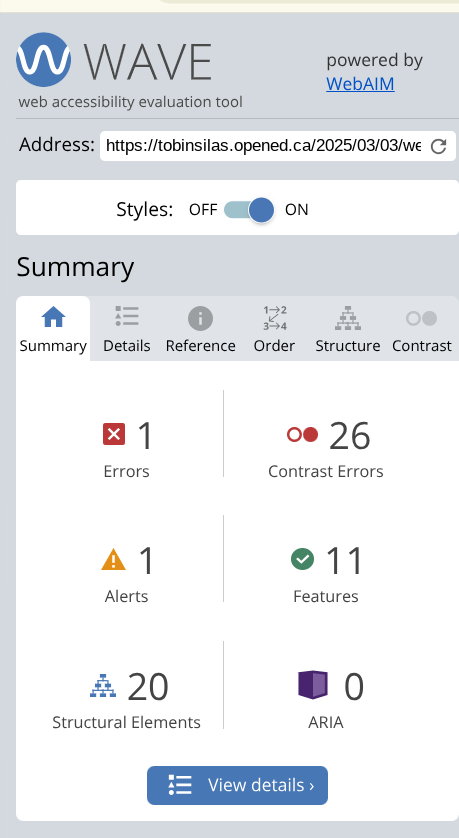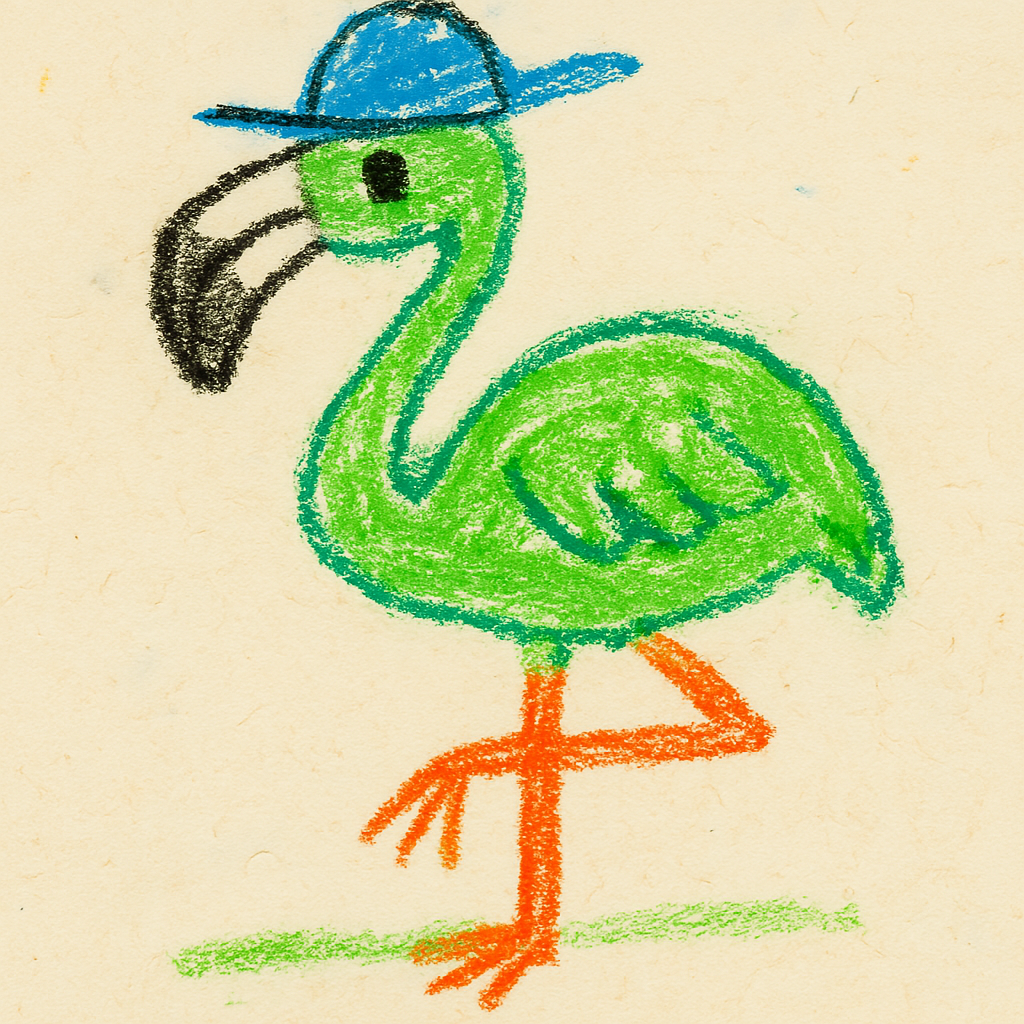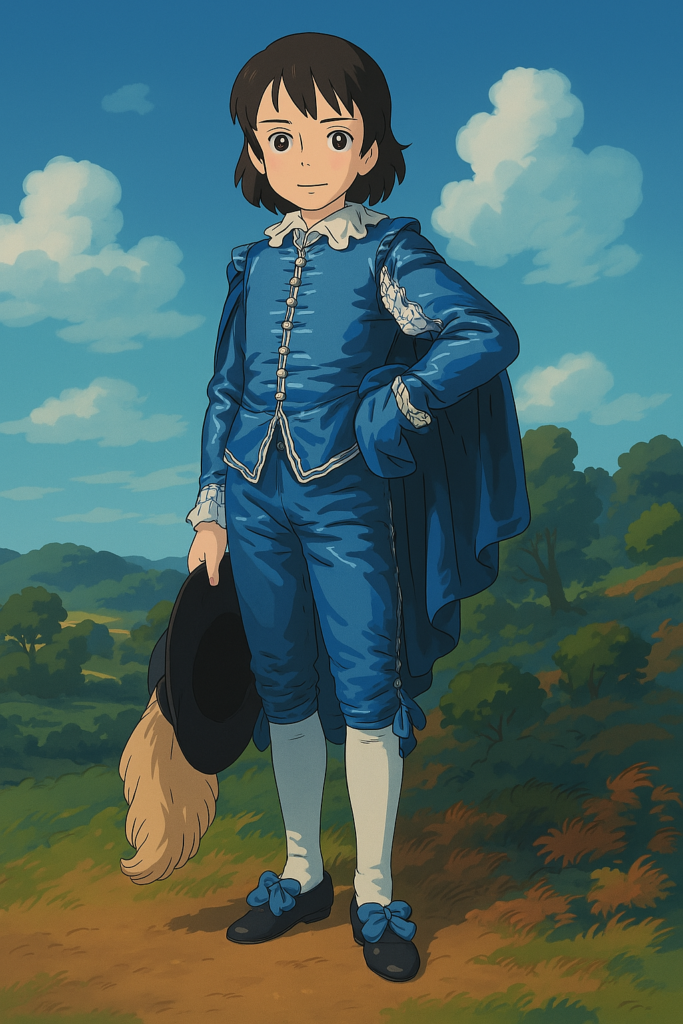Reflection on Week 11: Critical Thinking, Equity in Digital Spaces, and Ergonomics
This week we looked at equity in digital spaces, critical thinking, and ergonomics. When looking at equity in digital spaces, Inequity is seen in the through things like, limited internet access and under representation or misrepresentation of certain cultures. Artificial intelligence has perpetuated these problems and users of digital systems, especially artificial intelligence, need to be critical when using and thinking about these technologies.
To get a deeper look into equity and AI, I looked for some articles, especially around how AI contributes to digital inequities, and came across this one:
A point that stuck with me from the article was about sycophantic deception. “Sycophants are individuals who use deceptive tactics to gain the approval of powerful figures. They engage in flattery and avoid disagreeing with authority figures. Their primary aim is to gain favor and influence, often at the expense of the long-term goals of the person they are flattering” (Park et al., 2024)
““sycophantic deception” is an emerging concern in LLMs. Chatbots have been observed to systematically agree with their conversation partners, regardless of the accuracy of their statements. When faced with ethically complex inquiries, LLMs tend to mirror the user’s stance, even if it means forgoing the presentation of an impartial or balanced viewpoint” (Park et al., 2024).
This is concerning and may cause more inequity because if someone has an extremely biased one sided belief that is wrong, but ChatGPT tells them they are right, then that persons belief is being confirmed and solidified, regardless of the truth. A lot of the time misinformation is spread about marginalized groups and if ChatGPT is confirming this information, it grows the divide between groups in society.
References
Park, P. S., Goldstein, S., O’Gara, A., Chen, M., & Hendrycks, D. (2024). AI deception: A survey of examples, risks, and potential solutions. Patterns, 5(5), 100988. https://doi.org/10.1016/j.patter.2024.100988





